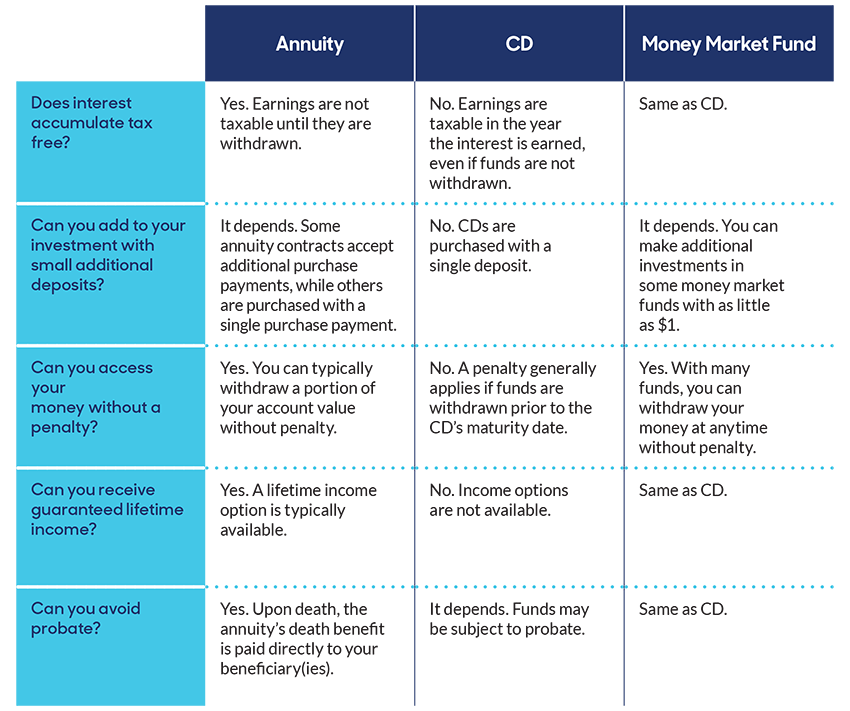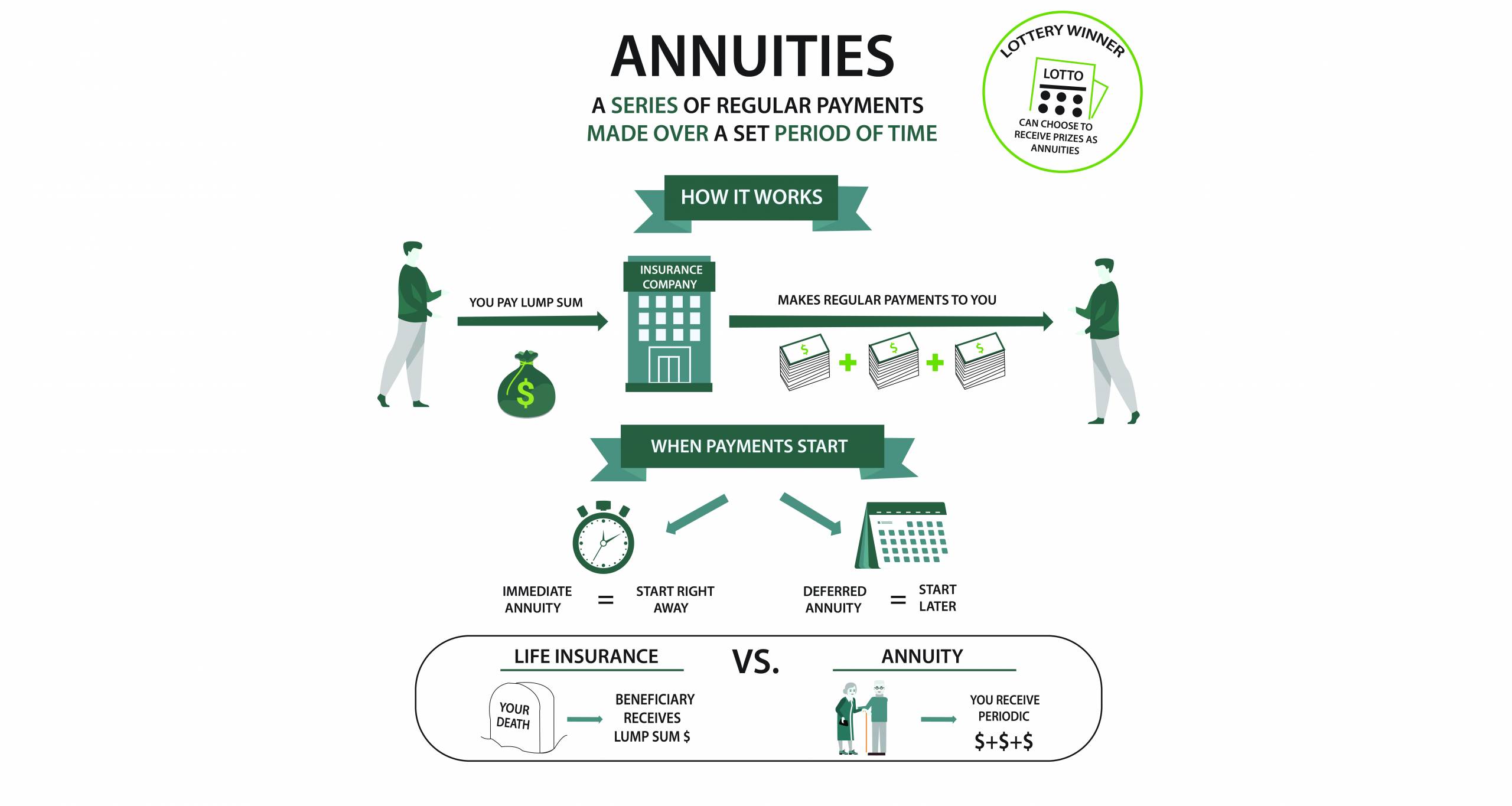All Categories
Featured
Table of Contents
Just as with a fixed annuity, the proprietor of a variable annuity pays an insurance coverage firm a swelling sum or series of repayments in exchange for the pledge of a series of future settlements in return. As discussed above, while a taken care of annuity grows at a guaranteed, continuous rate, a variable annuity grows at a variable rate that depends upon the performance of the underlying financial investments, called sub-accounts.
:max_bytes(150000):strip_icc()/VariableAnnuitization-asp-v1-5dedf8fee4694d8dacd2ac7eb7b0757e.jpg)
Throughout the build-up phase, assets purchased variable annuity sub-accounts expand on a tax-deferred basis and are exhausted only when the agreement owner takes out those incomes from the account. After the build-up stage comes the earnings stage. With time, variable annuity possessions should theoretically enhance in value till the contract proprietor determines she or he would love to begin withdrawing cash from the account.
One of the most considerable problem that variable annuities generally present is high price. Variable annuities have numerous layers of costs and expenses that can, in aggregate, produce a drag of as much as 3-4% of the agreement's worth yearly. Below are the most usual charges related to variable annuities. This expenditure makes up the insurance company for the risk that it assumes under the terms of the agreement.
Exploring Variable Annuity Vs Fixed Annuity Key Insights on Your Financial Future What Is Fixed Index Annuity Vs Variable Annuities? Advantages and Disadvantages of Annuities Variable Vs Fixed Why Fixed Income Annuity Vs Variable Growth Annuity Is a Smart Choice Variable Annuities Vs Fixed Annuities: Explained in Detail Key Differences Between Variable Annuity Vs Fixed Indexed Annuity Understanding the Rewards of Indexed Annuity Vs Fixed Annuity Who Should Consider Strategic Financial Planning? Tips for Choosing Fixed Index Annuity Vs Variable Annuity FAQs About Fixed Index Annuity Vs Variable Annuities Common Mistakes to Avoid When Planning Your Retirement Financial Planning Simplified: Understanding Your Options A Beginner’s Guide to Smart Investment Decisions A Closer Look at Variable Vs Fixed Annuities
M&E expenditure costs are determined as a percentage of the contract worth Annuity companies pass on recordkeeping and various other management expenses to the contract proprietor. This can be in the form of a level annual fee or a portion of the contract value. Management fees may be included as part of the M&E threat fee or may be evaluated individually.
These charges can range from 0.1% for easy funds to 1.5% or more for actively managed funds. Annuity agreements can be personalized in a number of methods to serve the particular requirements of the agreement owner. Some typical variable annuity riders include ensured minimal buildup benefit (GMAB), guaranteed minimum withdrawal advantage (GMWB), and guaranteed minimum earnings advantage (GMIB).

Variable annuity contributions provide no such tax reduction. Variable annuities often tend to be highly inefficient cars for passing riches to the future generation since they do not appreciate a cost-basis adjustment when the original contract owner passes away. When the proprietor of a taxed financial investment account passes away, the cost bases of the investments held in the account are adapted to show the marketplace prices of those financial investments at the time of the proprietor's fatality.
Understanding Financial Strategies A Comprehensive Guide to Variable Vs Fixed Annuities Defining Fixed Income Annuity Vs Variable Annuity Pros and Cons of Variable Annuity Vs Fixed Annuity Why Choosing the Right Financial Strategy Is Worth Considering How to Compare Different Investment Plans: Simplified Key Differences Between Fixed Annuity Vs Equity-linked Variable Annuity Understanding the Risks of Long-Term Investments Who Should Consider Strategic Financial Planning? Tips for Choosing Variable Vs Fixed Annuities FAQs About Fixed Annuity Vs Equity-linked Variable Annuity Common Mistakes to Avoid When Planning Your Retirement Financial Planning Simplified: Understanding Fixed Indexed Annuity Vs Market-variable Annuity A Beginner’s Guide to Fixed Vs Variable Annuity A Closer Look at How to Build a Retirement Plan
Such is not the situation with variable annuities. Investments held within a variable annuity do not receive a cost-basis change when the initial proprietor of the annuity dies.
One significant problem related to variable annuities is the potential for disputes of interest that might exist on the component of annuity salespeople. Unlike an economic consultant, who has a fiduciary responsibility to make investment decisions that benefit the client, an insurance broker has no such fiduciary commitment. Annuity sales are extremely lucrative for the insurance coverage experts who offer them due to high upfront sales payments.

Lots of variable annuity contracts consist of language which positions a cap on the percentage of gain that can be experienced by particular sub-accounts. These caps prevent the annuity proprietor from totally joining a portion of gains that might or else be appreciated in years in which markets generate considerable returns. From an outsider's viewpoint, it would seem that capitalists are trading a cap on investment returns for the aforementioned guaranteed floor on financial investment returns.
As noted above, give up fees can significantly restrict an annuity owner's capacity to move properties out of an annuity in the early years of the contract. Better, while the majority of variable annuities enable contract proprietors to withdraw a specified amount throughout the buildup phase, withdrawals yet quantity normally result in a company-imposed cost.
Withdrawals made from a fixed rates of interest investment choice might also experience a "market price modification" or MVA. An MVA changes the worth of the withdrawal to reflect any kind of changes in rate of interest prices from the moment that the money was purchased the fixed-rate option to the moment that it was withdrawn.

Frequently, even the salespeople that offer them do not fully recognize just how they function, therefore salespeople occasionally take advantage of a customer's feelings to sell variable annuities rather than the benefits and suitability of the products themselves. We believe that investors must totally recognize what they possess and just how much they are paying to possess it.
Decoding Variable Annuity Vs Fixed Annuity A Closer Look at How Retirement Planning Works What Is Fixed Vs Variable Annuity Pros Cons? Advantages and Disadvantages of Different Retirement Plans Why Choosing the Right Financial Strategy Is a Smart Choice How to Compare Different Investment Plans: Simplified Key Differences Between Variable Vs Fixed Annuities Understanding the Key Features of Long-Term Investments Who Should Consider Variable Vs Fixed Annuity? Tips for Choosing Fixed Interest Annuity Vs Variable Investment Annuity FAQs About Planning Your Financial Future Common Mistakes to Avoid When Planning Your Retirement Financial Planning Simplified: Understanding Variable Vs Fixed Annuities A Beginner’s Guide to Smart Investment Decisions A Closer Look at How to Build a Retirement Plan
The very same can not be stated for variable annuity properties held in fixed-rate investments. These properties legally come from the insurance company and would for that reason be at risk if the business were to fail. Likewise, any kind of warranties that the insurance provider has actually accepted offer, such as an ensured minimum income benefit, would certainly remain in inquiry in case of a company failing.
Prospective purchasers of variable annuities should understand and think about the monetary problem of the releasing insurance firm prior to getting in right into an annuity agreement. While the benefits and downsides of numerous kinds of annuities can be debated, the genuine concern surrounding annuities is that of viability. In other words, the inquiry is: who should possess a variable annuity? This question can be difficult to answer, offered the myriad variants offered in the variable annuity universe, but there are some standard guidelines that can help financiers decide whether annuities need to play a role in their economic strategies.
As the claiming goes: "Customer beware!" This post is prepared by Pekin Hardy Strauss, Inc. High-return variable annuities. ("Pekin Hardy," dba Pekin Hardy Strauss Wealth Monitoring) for informational purposes just and is not meant as an offer or solicitation for service. The details and information in this post does not constitute legal, tax obligation, audit, investment, or various other professional recommendations
Table of Contents
Latest Posts
Decoding Annuity Fixed Vs Variable A Comprehensive Guide to Retirement Income Fixed Vs Variable Annuity Defining the Right Financial Strategy Advantages and Disadvantages of Different Retirement Plans
Analyzing Retirement Income Fixed Vs Variable Annuity A Closer Look at Fixed Annuity Or Variable Annuity What Is the Best Retirement Option? Features of Smart Investment Choices Why Retirement Income
Understanding Financial Strategies A Closer Look at How Retirement Planning Works Defining the Right Financial Strategy Advantages and Disadvantages of Different Retirement Plans Why Choosing the Righ
More
Latest Posts